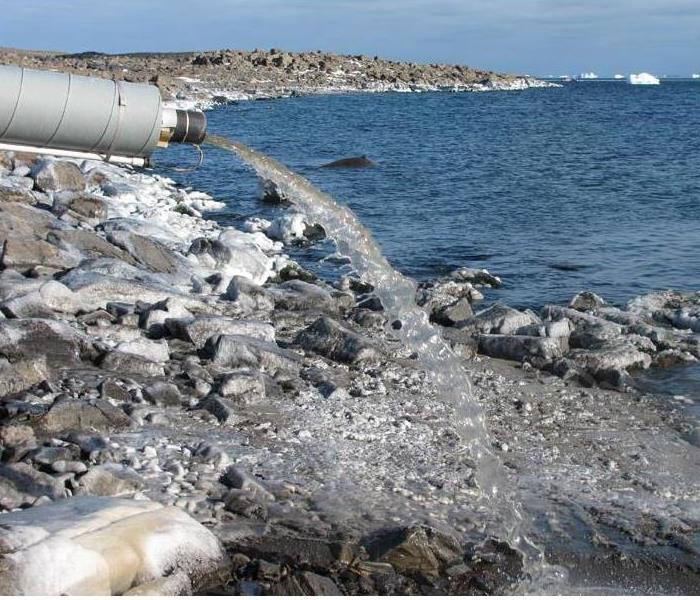11 Billion Gallons of Sandy Sewage Overflow
1/24/2017 (Permalink)
Hurricane Sandy was one of the largest storms to hit the northeast U.S. in recorded history, killing 159, knocking out power to millions, and causing $70 billion in damage in eight states. Sandy also put the vulnerability of critical infrastructure in stark relief by paralyzing subways, trains, road and air traffic, flooding hospitals, crippling electrical substations, and shutting down power and water to tens of millions of people. But one of the larger infrastructure failures is less appreciated: sewage overflow.
Six months after Sandy, data from the eight hardest hit states shows that 11 billion gallons of untreated and partially treated sewage flowed into rivers, bays, canals, and in some cases, city streets, largely as a result of record storm-surge flooding that swamped the region’s major sewage treatment facilities. To put that in perspective, 11 billion gallons is equal to New York’s Central Park stacked 41 feet high with sewage, or more than 50 times the BP Deepwater Horizon oil spill. The vast majority of that sewage flowed into the waters of New York City and northern New Jersey in the days and weeks during and after the storm.
Our analysis of sewage-spill data provided by state agencies and individual treatment plant operators shows that:
- One third of the overflow (3.45 billion gallons) was essentially untreated raw sewage. The remainder (7.45 billon gallons) was partially treated, meaning that it received at least some level of filtration and, perhaps, chlorination.






 24/7 Emergency Service
24/7 Emergency Service
